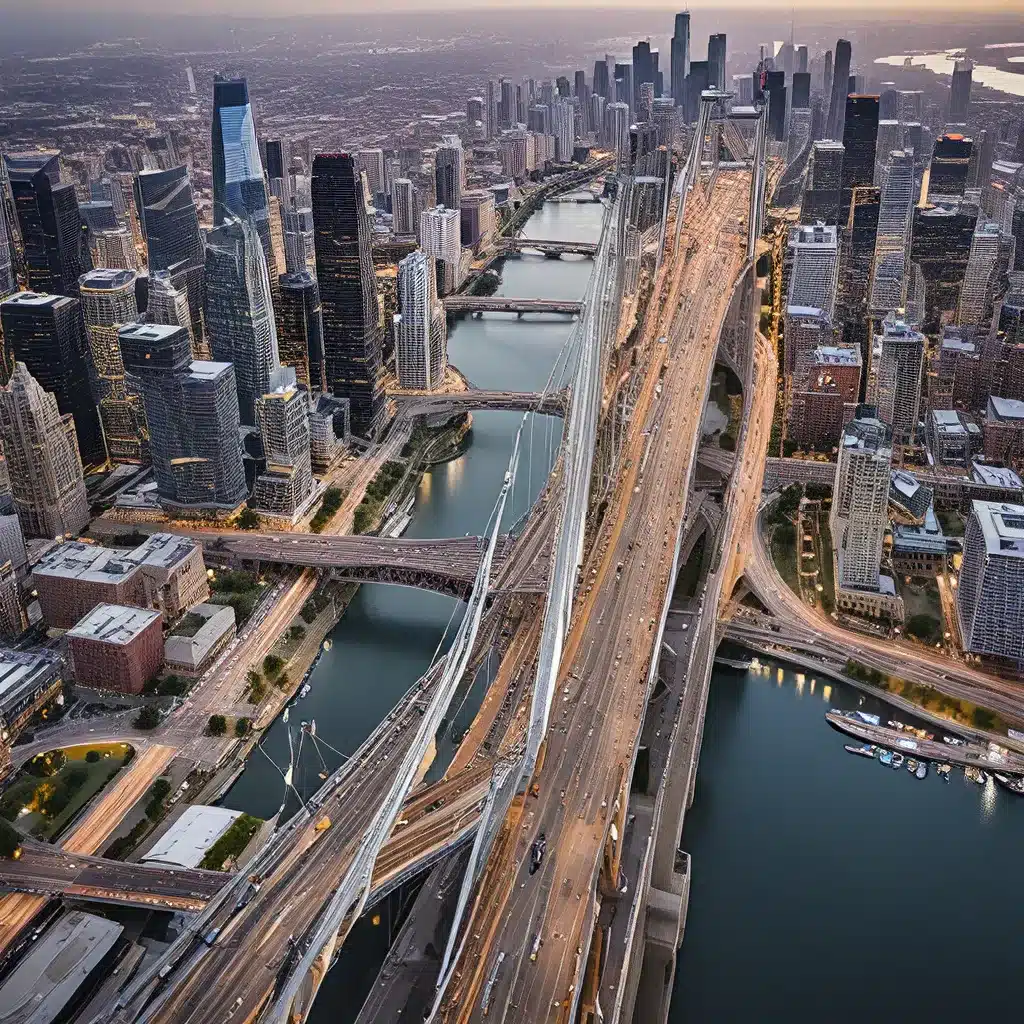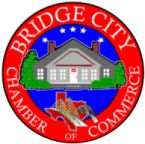
Rethinking Public Services for the Digital Age
As I sit in my living room, watching my smart home seamlessly coordinate my daily routine, I can’t help but wonder – why is it that I can’t expect the same level of convenience and efficiency from my local government? I mean, my phone already knows how long I’ve slept, how many steps I’ve taken, and can even preheat my oven as I’m on my way home. Yet, when it comes to interacting with public services, I’m still filling out endless forms and waiting in line at the DMV. Shouldn’t our governments be keeping pace with the technological transformations happening all around us?
Turns out, I’m not alone in this sentiment. Citizens across the country are growing increasingly frustrated with the lagging digital capabilities of their local, state, and federal agencies. The public sector has long been plagued by outdated infrastructure, siloed operations, and a resistance to change. But the events of the past few years have demonstrated that this simply can’t continue. As the world rapidly digitizes, our governments must adapt or risk becoming irrelevant.
Pandemic Pivots and the Push for Digital Transformation
Before the pandemic hit, most government agencies were firmly rooted in traditional, often paper-based, operational models. But when COVID-19 struck, these organizations were forced to pivot – and fast. Suddenly, they had to find ways to move meetings and hearings online, equip their staff to work remotely, and partner with the private sector to address urgent needs.
As Kyndryl’s experts noted, the early pandemic response demonstrated that “progress of this kind is possible.” Agencies proved they could rapidly digitize and collaborate in ways they’d never done before. But the key now is to double down on that momentum and truly embrace a digital-first approach to public service delivery.
Bridging the Digital Divide
The painful lessons of the pandemic have made it abundantly clear that the public sector can no longer afford to lag behind the private sector when it comes to digital capabilities. Citizens have come to expect the same level of convenience, accessibility, and responsiveness from their governments that they enjoy as consumers.
Yet, as Cognosante points out, “nearly half” of people find that using government digital services is “not a great experience.” In the US, only 54% of citizens felt satisfied with their digital government interactions in 2020 – a stark contrast to the global satisfaction rate of 66%.
President Biden’s recent executive order on “Transforming Federal Customer Experience and Service Delivery” makes it clear that this digital divide is unacceptable. Agencies must now “use technology to modernize Government and strive to provide digital services commensurate with the very best in the private sector.”
Tackling the Transformation Challenge
So, how do we bridge this gap and bring our public services into the 21st century? It’s a daunting task, no doubt. But as Neveen Awad explains, the key is to approach it with a shift in mindset – one that prioritizes the customer experience and fosters cross-functional collaboration.
The first step is to start small and focus on education. Readying your team to embrace new digital workflows and operational models is crucial. Once the workforce understands the “why” behind the transformation, they’ll be better equipped to tackle the “how.”
Equally important is securing the necessary funding for modernization efforts. Fortunately, programs like the American Rescue Plan Act and the Infrastructure Investment and Job Act are providing governments with the resources they need to invest in cutting-edge technologies.
But it’s not just about the money – it’s also about changing the culture within these organizations. By breaking down siloes and encouraging cross-departmental collaboration, agencies can avoid the pitfalls that often plague large-scale transformation efforts.
Modernizing Bridge City: A Case Study in Digital Transformation
Let’s take a look at how one local government, Bridge City, is tackling the challenge of modernizing its public services.
Revamping the Unemployment System
When the pandemic hit, Bridge City’s unemployment agency found itself overwhelmed with requests for assistance. Their legacy mainframe system simply couldn’t keep up, leading to devastating delays in payments for those who needed them most.
Recognizing the urgent need for change, the agency partnered with Kyndryl to migrate to a mainframe-as-a-service solution. This not only allowed them to deliver uninterrupted social services, but also gave them the flexibility to grow and scale as needed.
Delivering Digital Equity in Schools
Bridge City’s public school system was also struggling to keep up with the demands of the digital age. Many students, especially those in underserved communities, lacked reliable access to the internet and the necessary devices to participate in online learning.
By taking a customer-first approach and working closely with stakeholders across the district, the school system was able to modernize its network infrastructure. The result? A secure, robust, and reliable wireless connection in every classroom, ensuring that all students have the tools they need to succeed in the digital world.
Transforming the Citizen Experience
Perhaps the most significant transformation in Bridge City has been the overhaul of its digital services for citizens. Gone are the days of endless forms and long lines at government offices. Today, residents can access a wide range of services – from renewing their driver’s licenses to applying for permits – anytime, anywhere, thanks to the city’s new customer-centric digital platform.
The Kyndryl Advantage
Throughout this journey, Bridge City has relied on the expertise and support of Kyndryl, a global leader in IT services and solutions. From Kyndryl Bridge, an open integration platform, to Kyndryl Vital, a collaborative approach to solving complex problems, the city has been able to leverage the latest technologies and best practices to drive its transformation.
Embracing the Digital Future
As I reflect on the changes happening in Bridge City, I can’t help but feel a sense of optimism for the future of public services. This is what true modernization looks like – a seamless, citizen-centric experience that rivals even the best private-sector offerings.
Of course, the journey isn’t an easy one. There will be challenges, setbacks, and plenty of skepticism along the way. But as Bridge City has shown, with the right mindset, the right partnerships, and the right technologies, it’s possible to bridge the digital divide and create a government that truly works for the people.
So, the next time I reach for my smartphone to check on my sleeping patterns or preheat my oven, I’ll also be keeping an eye on the Bridge City Chamber of Commerce website – because I know that the city I call home is leading the charge towards a more modern, efficient, and responsive public sector. And that’s a future I’m excited to be a part of.


